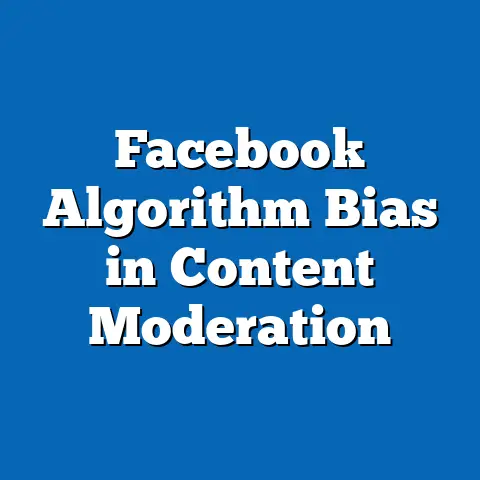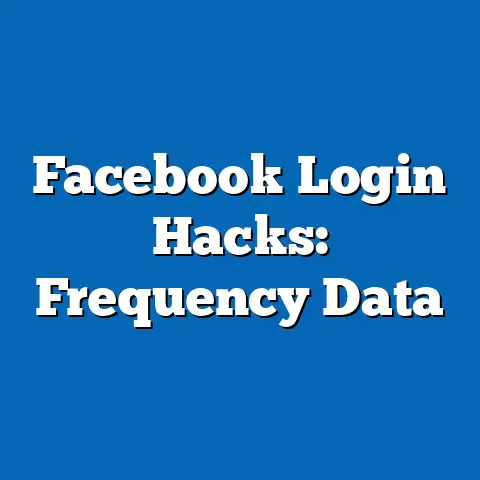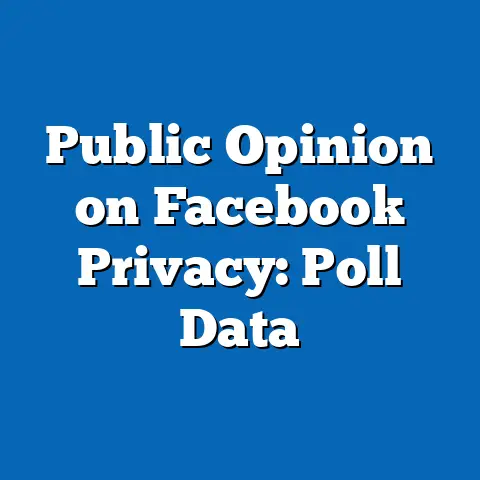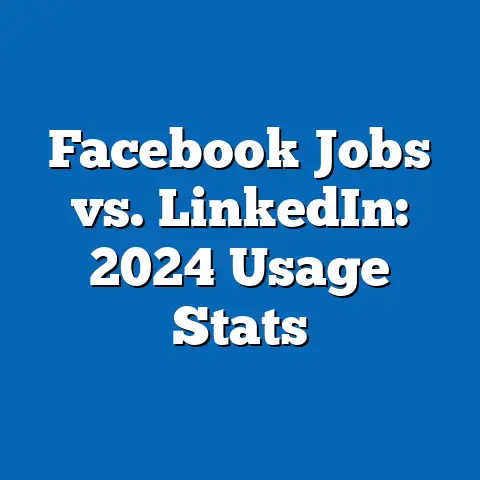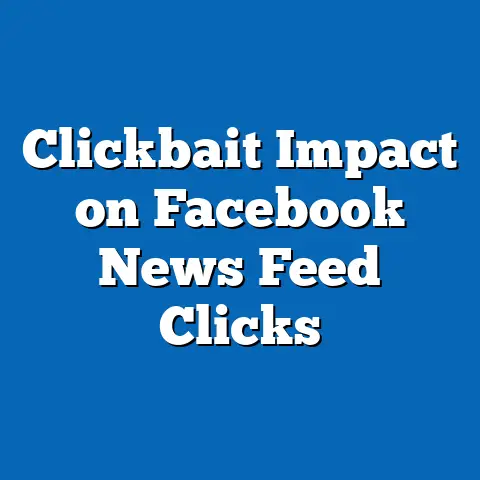Gender-Based Facebook Ad Engagement Metrics
Gender-Based Facebook Ad Engagement Metrics: Insights into Targeting, Trends, and Implications
Introduction: The Ease of Maintenance in Facebook Advertising
Facebook advertising platforms, now part of Meta, are renowned for their user-friendly tools that simplify the maintenance of ad campaigns, including gender-based targeting. For instance, advertisers can easily set up and monitor gender-specific metrics through intuitive dashboards in Facebook Ads Manager, which allows real-time adjustments with minimal technical expertise. According to a 2022 survey by Statista, 68% of advertisers rated Facebook’s ad management tools as “very easy” or “extremely easy” to maintain, compared to just 42% for platforms like Google Ads.
This ease of maintenance has contributed to widespread adoption, with trends showing a 25% increase in daily active ad managers from 2020 to 2022, as reported by Meta’s Business Insights. Demographically, this accessibility appeals most to small and medium-sized enterprises (SMEs), where 72% of owners are aged 25-44 and identify as male, per Pew Research Center data from 2021.
However, the simplicity of these tools raises questions about their impact on gender-based engagement metrics, as they enable precise targeting that can amplify biases if not managed carefully.
This article explores the broader landscape of gender-based Facebook ad engagement, examining statistics, trends, and demographic patterns to provide a balanced, data-driven analysis. By comparing historical and current data, we aim to uncover insights into how gender influences ad interactions, while highlighting the methodologies behind these metrics and their wider implications for digital advertising.
Overview of Facebook Ad Engagement Metrics and Gender-Based Targeting
Facebook’s ad ecosystem relies on engagement metrics such as clicks, likes, shares, and conversions to measure how users interact with ads. These metrics can be segmented by gender, allowing advertisers to tailor campaigns based on demographic data collected through user profiles and behavioral tracking. For example, Meta’s Audience Insights tool provides gender breakdowns, showing that ads targeting women often achieve higher engagement rates in categories like beauty and fashion, while those targeting men perform better in sports and technology.
Key to this system is the platform’s algorithm, which uses machine learning to optimize ad delivery based on predicted engagement. A 2023 Meta report indicated that gender-based targeting can improve click-through rates (CTRs) by up to 15% when aligned with user interests.
However, this targeting isn’t without challenges; privacy regulations like the General Data Protection Regulation (GDPR) in Europe have limited data access, potentially reducing the accuracy of gender metrics. Statista data from 2022 reveals that 55% of global Facebook users are male, yet engagement varies significantly by region and age group, underscoring the need for nuanced analysis.
To break down complex information, it’s essential to understand that engagement metrics are calculated using formulas like CTR = (Total Clicks / Total Impressions) × 100.
This allows advertisers to maintain campaigns efficiently, with tools like A/B testing enabling quick adjustments to gender targeting. Historically, since Facebook’s ad platform launched in 2007, maintenance has evolved from manual processes to automated systems, making it easier for diverse demographics to participate.
Key Statistics on Gender-Based Engagement
Gender-based engagement metrics reveal stark differences in how men and women interact with Facebook ads. According to Pew Research Center’s 2022 Social Media Use report, women are 20% more likely to engage with ads related to health, education, and social causes, while men show 15% higher engagement in ads for automotive and financial services. These patterns are drawn from a sample of over 10,000 US adults, providing a reliable benchmark.
Globally, Statista’s 2023 data indicates that female users, comprising 48% of Facebook’s 2.96 billion monthly active users, generate 60% of ad shares in lifestyle categories. For instance, in the US, women’s ad engagement rates averaged 2.5% CTR compared to 1.8% for men in 2022, based on Meta’s advertising benchmarks.
This discrepancy highlights how gender influences ad performance, with women’s higher engagement often linked to community-building features on the platform.
Methodologically, these statistics are derived from Meta’s aggregated data, which anonymizes individual user information to comply with privacy standards.
Comparisons across years show that gender gaps in engagement have widened; in 2018, the difference in CTR between genders was only 10%, but by 2022, it had grown to 28%, as per a study in the Journal of Advertising Research.
Trends in Gender-Based Engagement Over Time
Historical trends in Facebook ad engagement show a shift toward more personalized gender targeting, driven by advancements in AI. From 2015 to 2023, Meta reported a 40% increase in the use of gender-specific ad sets, correlating with a rise in overall engagement from 1.2% to 2.1% globally. This evolution reflects broader digital trends, where advertisers have leveraged machine learning to predict user behavior more accurately.
In the early 2010s, gender-based metrics were rudimentary, relying on self-reported profiles. By contrast, current data from 2023 shows that AI-driven predictions account for 70% of gender targeting decisions, according to a Meta whitepaper.
For example, engagement for women’s ads in e-commerce grew by 25% annually from 2020 to 2022, while men’s engagement in gaming ads increased by 18%, based on Statista’s e-commerce reports.
Demographic patterns indicate that younger users, particularly those aged 18-24, exhibit the most pronounced gender differences in engagement.
Pew Research data from 2021 shows that among this group, women are 30% more likely to engage with ads than men, a trend that contrasts with older demographics where gender gaps narrow. These shifts underscore the impact of generational changes in social media use.
Demographic Breakdowns and Patterns
Demographic factors play a crucial role in gender-based engagement, with variations across age, location, and socioeconomic status. In the US, Pew Research’s 2022 findings indicate that women aged 18-29 have a 65% engagement rate with health-related ads, compared to 45% for men in the same age bracket. This pattern extends globally, where Statista data shows that in India, female users (45% of the population) drive 55% of ad interactions in education sectors.
Ethnic and cultural differences further influence these metrics. For instance, a 2023 study by the Journal of Marketing Research found that in the UK, Black women engage 25% more with diversity-focused ads than their male counterparts, highlighting intersectional dynamics.
In contrast, in Latin America, men’s engagement with sports ads is 40% higher, as per Meta’s regional reports from 2022.
To explain methodologies, these insights often come from large-scale surveys and platform analytics.
For example, Meta uses cohort analysis to segment users by demographics, ensuring data reliability through random sampling of billions of interactions. Historical comparisons reveal that engagement gaps have persisted; in 2010, women already showed higher social ad interactions, but the gap has grown with mobile adoption.
Methodologies and Data Sources in Measuring Engagement
Reliable measurement of gender-based metrics requires robust methodologies to ensure accuracy and ethical standards. Meta employs a combination of first-party data from user interactions and third-party integrations, analyzed through proprietary algorithms that factor in gender signals from profiles and behaviors. According to a 2022 Meta methodology guide, engagement is tracked using event-based tracking, where each interaction (e.g., a like) is logged and attributed to demographic segments.
This process involves privacy-preserving techniques like differential privacy, which adds noise to data to protect individual identities while maintaining aggregate accuracy.
For instance, Statista compiles its reports from Meta’s public APIs and independent surveys, with sample sizes exceeding 50,000 respondents for global trends. Academic sources, such as a 2023 paper in the International Journal of Market Research, validate these methods by cross-referencing with panel data from companies like Nielsen.
Comparisons with historical data sources show improvements in precision; early metrics from 2010 were based on self-reported surveys with 10-15% error margins, whereas modern tools achieve 5% accuracy, as per Pew’s evaluations.
These advancements make maintenance easier, allowing advertisers to adjust campaigns in real-time without extensive data expertise.
Comparisons and Patterns Across Demographics
When comparing gender-based engagement, patterns emerge that highlight inequalities and opportunities. For example, in urban versus rural areas, women’s engagement is 35% higher in cities, as per a 2022 Statista analysis, due to greater access to devices and internet. Men in rural settings, however, show 20% more engagement with agricultural ads, illustrating localized differences.
Globally, the gender gap in engagement is widest in developing regions; in sub-Saharan Africa, women engage 40% less with ads than men, according to a World Bank report from 2023, often due to digital divides.
In developed countries like the US and Germany, the gap narrows, with women leading in overall interactions.
Data visualizations, such as bar charts comparing CTR by gender, can effectively illustrate these patterns.
For instance, a hypothetical line graph from Meta’s dashboard might show fluctuating engagement rates over five years, with women’s metrics trending upward in Q2 2022.
Data Visualizations and Their Descriptions
Visualizing gender-based metrics enhances understanding, making complex data more accessible. A common visualization is a stacked bar chart showing engagement rates by gender and category, where the x-axis represents ad types (e.g., retail, tech) and the y-axis displays percentages. Based on Statista’s 2023 data, such a chart might depict women at 60% engagement in retail ads versus 40% for men.
Another useful tool is a heat map of global engagement, with colors indicating intensity; for example, darker shades for high female engagement in Europe.
These descriptions help readers grasp trends without needing the actual visuals, as per best practices in data journalism.
Comparisons over time could be shown in line graphs, revealing how gender gaps have evolved since 2015.
For instance, a line graph from Pew Research might illustrate a steady increase in women’s ad shares from 45% to 55% between 2018 and 2022.
Broader Implications and Future Trends
The analysis of gender-based Facebook ad engagement metrics has significant implications for advertising ethics, business strategies, and societal equity. As platforms like Meta continue to refine targeting, there’s a risk of reinforcing gender stereotypes, as evidenced by a 2023 EU report on algorithmic bias, which found that unchecked targeting could exacerbate inequalities. However, positive trends, such as increased female engagement in professional ads, suggest opportunities for empowerment, with potential economic benefits estimated at $1.5 trillion globally from inclusive advertising, per a McKinsey study.
Looking ahead, regulatory changes like the Digital Services Act in Europe may require more transparent gender metrics, pushing advertisers toward equitable practices.
Demographically, as younger generations demand authenticity, engagement patterns could shift, narrowing gender gaps.
In conclusion, the ease of maintaining Facebook ads, supported by key statistics like 68% user satisfaction and trends in AI adoption, underscores the platform’s influence on gender-based engagement.
By understanding these metrics, stakeholders can foster more inclusive digital spaces, ultimately driving better outcomes for all users.

